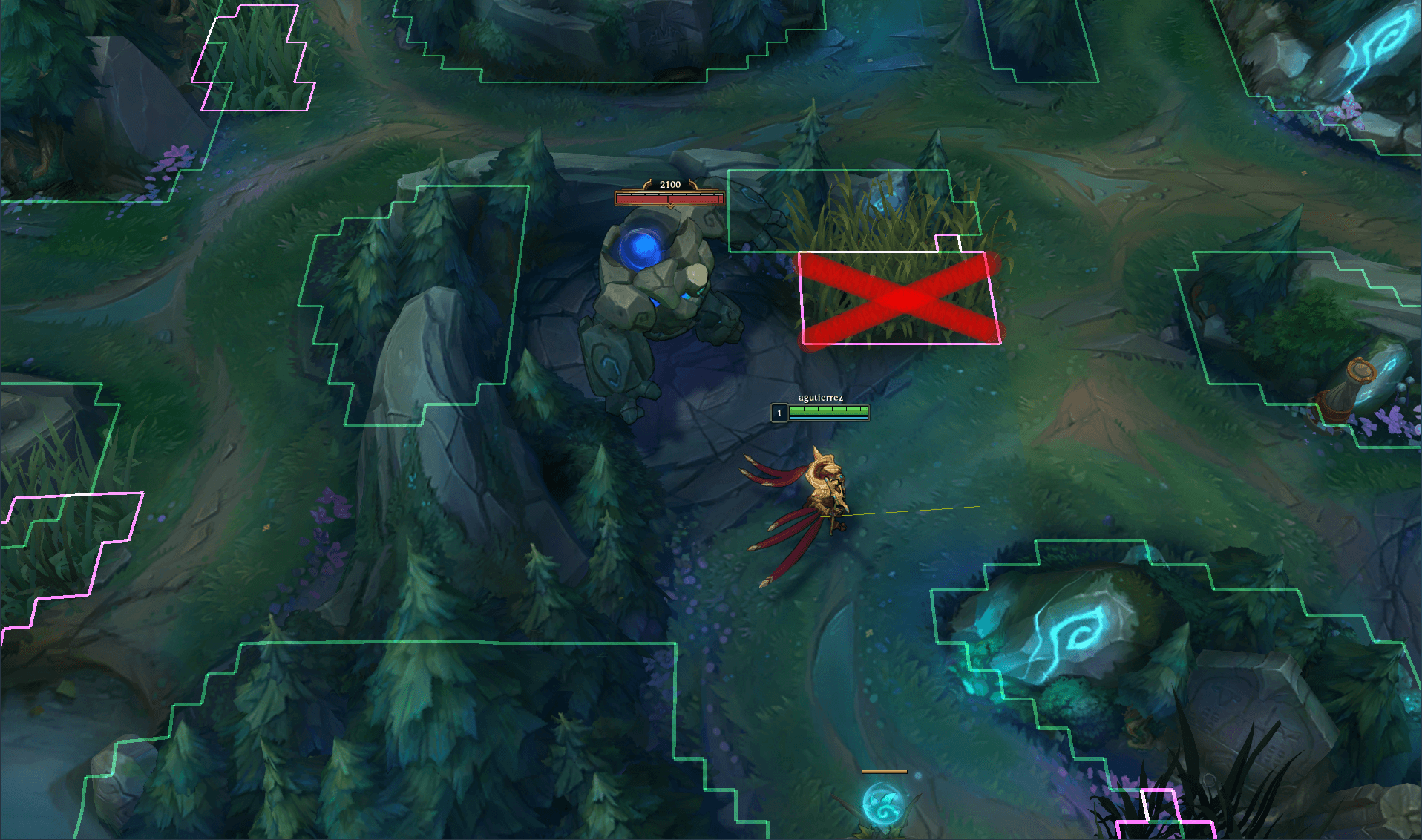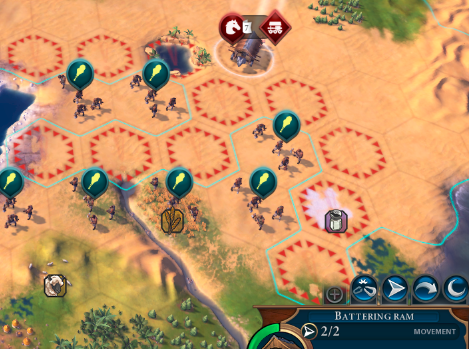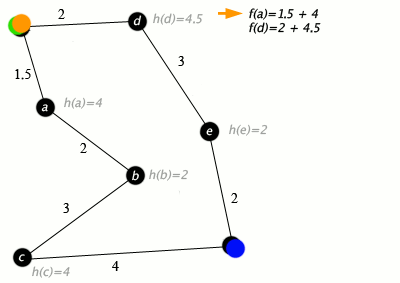A* Applications

Sources:
Pathfinding Algorithms in Game Devolpment Paper
A*'s time performance as a Pathfinding algorithm in game development has shown that although the genetic algorithm is faster than A*, it is used most commonly for pathfinding because its flow and logic are easy to understand. The algorithm also quickly and accurately estimates a path which allows for smooth calculations in game development.
Types of games that use A* pathing:
RPGs
 Used for pathing or player movement to navigate around terrain.
Used for pathing or player movement to navigate around terrain.
Racing Games
 Used for gps navigation to find shortest path to destination.
Used for gps navigation to find shortest path to destination.
Turn-Based Strategy
 Used for character or unit movement to display possible movement options.
Used for character or unit movement to display possible movement options.
